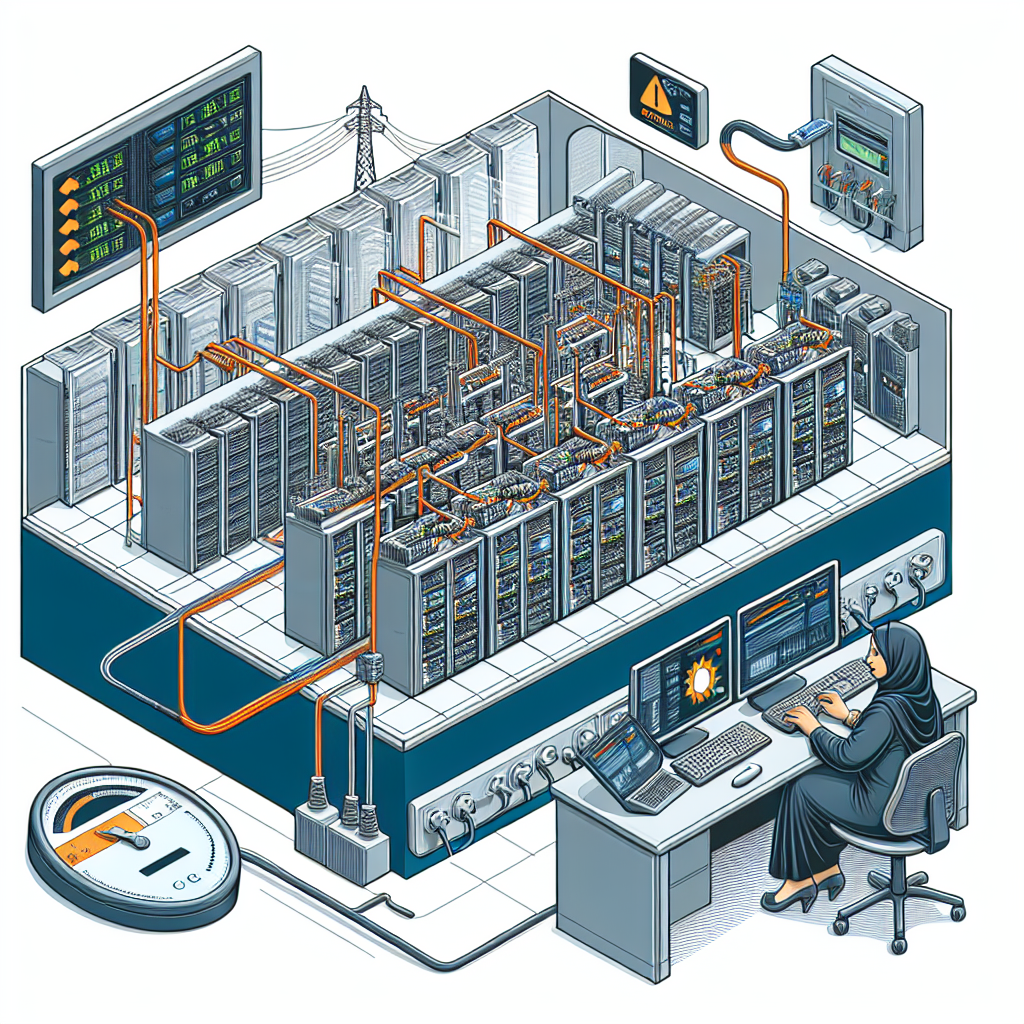Data centers are the backbone of modern businesses, serving as the central hub for storing, processing, and distributing critical data. With the increasing demand for digital services and the growth of cloud computing, data centers are consuming more power than ever before. As a result, monitoring and managing power distribution in data centers has become a crucial task to ensure efficiency, reliability, and cost-effectiveness.
Here are some best practices for monitoring and managing data center power distribution:
1. Conduct regular power audits: Regular power audits can help data center managers identify areas of inefficiency and optimize power distribution. By measuring power consumption at various points in the data center, managers can identify opportunities to reduce energy usage and improve overall efficiency.
2. Implement power monitoring tools: Power monitoring tools provide real-time data on power consumption and distribution in the data center. These tools can help managers identify power spikes, detect potential issues, and optimize power distribution to ensure maximum efficiency and reliability.
3. Use intelligent power distribution units (PDUs): Intelligent PDUs are equipped with advanced monitoring and management capabilities, allowing data center managers to remotely monitor and control power distribution. By using intelligent PDUs, managers can allocate power more efficiently, prevent overloading, and reduce energy costs.
4. Implement power redundancy: Power redundancy is essential for ensuring the continuous operation of critical data center equipment in the event of a power outage. By implementing redundant power supplies and backup generators, data center managers can minimize downtime and ensure business continuity.
5. Implement energy-efficient cooling systems: Cooling systems account for a significant portion of power consumption in data centers. By implementing energy-efficient cooling systems, such as hot aisle/cold aisle containment and variable speed fans, data center managers can reduce energy costs and improve overall efficiency.
6. Monitor environmental conditions: Environmental factors, such as temperature and humidity, can impact power distribution and equipment performance in data centers. By monitoring environmental conditions and implementing appropriate controls, data center managers can optimize power distribution and ensure the reliability of critical equipment.
7. Regular maintenance and testing: Regular maintenance and testing of power distribution equipment, such as UPS systems and PDUs, are essential for ensuring the reliability and efficiency of data center operations. By conducting routine inspections, testing, and preventative maintenance, data center managers can identify and address potential issues before they escalate into costly failures.
In conclusion, monitoring and managing data center power distribution is essential for ensuring the efficiency, reliability, and cost-effectiveness of data center operations. By following best practices such as conducting power audits, implementing monitoring tools, using intelligent PDUs, implementing power redundancy, and optimizing cooling systems, data center managers can optimize power distribution and ensure the continuous operation of critical equipment. Regular maintenance and testing are also crucial for identifying and addressing potential issues before they impact data center operations. By implementing these best practices, data center managers can maximize efficiency, reduce energy costs, and ensure the reliability of their data center infrastructure.


Leave a Reply